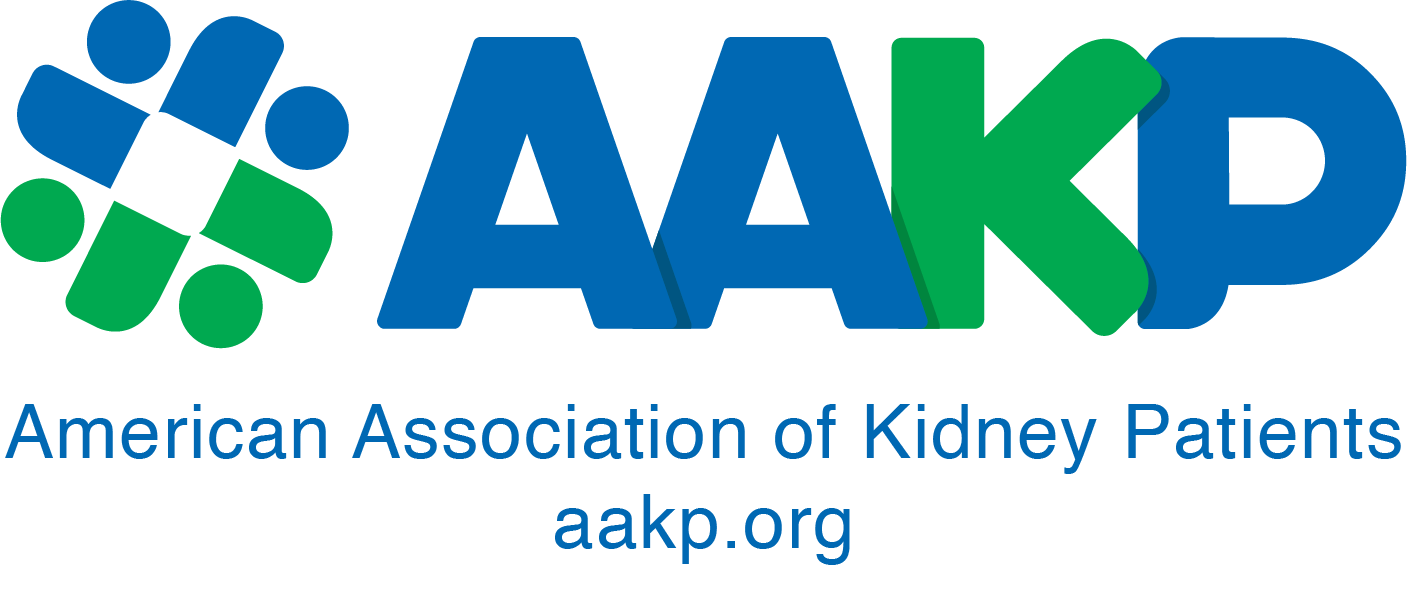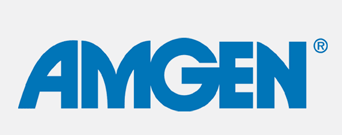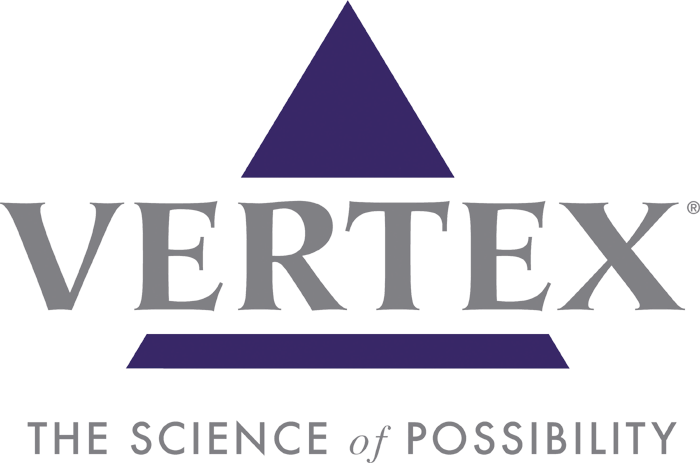[vc_row][vc_column][vc_btn title=”Download the Official Letter” color=”green” link=”url:https%3A%2F%2Faakp.org%2Fwp-content%2Fuploads%2F2017%2F08%2FVerma-letter.pdf||target:%20_blank|”][/vc_column][/vc_row][vc_row][vc_column][vc_column_text][vc_row][vc_column width=”1/1″][vc_column_text][vc_row][vc_column width=”1/1″][vc_column_text][vc_row][vc_column width=”1/1″][vc_column_text]
The Honorable Seema Verma Administrator
Centers for Medicare and Medicaid Services
7500 Security Boulevard
Baltimore, MD 21244
Dear Administrator Verma:
The members of the Alliance for Home Dialysis offer their congratulations on your confirmation as the Centers for Medicare and Medicaid Administrator.
By way of background, the Alliance for Home Dialysis is a coalition of kidney dialysis stakeholders, representing patients, clinicians, providers, and industry. Our group works to promote policies that facilitate treatment choice for individuals in need of dialysis, and to address systemic barriers that limit access to the many benefits of home dialysis. These issues are particularly important given that almost 700,000 Americans are currently living with ESRD, most of whom depend on dialysis for survival.
Today the number of Americans living with ESRD represents a ten-fold increase from what it was in 1980,1 and it will likely increase further, as an estimated 26 million people in the United States have chronic kidney disease and are at risk for kidney failure. Due to the limited number of kidneys available for transplantation, the vast majority of ESRD patients, approximately 70 percent, depend on dialysis to replace kidney function.2
Home dialysis—peritoneal dialysis (PD) and home hemodialysis (HHD)—is an important treatment option that offers patients significant quality of life advantages, including clinically meaningful improvements in physical and mental health. HHD, for example, allows for more frequent and/or longer lasting dialysis sessions. Studies have demonstrated that more frequent hemodialysis results in faster recovery time after treatment and fewer side effects3; improved cardiac status4 and survival rates5; and increased opportunity for rehabilitation.6 PD patients may experience fewer negative side effects, such as nausea, and dietary
1 U.S. Renal Data System. ESRD Quarterly Update – July 2016. Available online www.usrds.org.
2 The Medicare Payment Advisory Commission. Report to the Congress: Medicare Payment Policy, Chapter 6, “Outpatient Dialysis Services”. Washington, DC: MedPAC, March, 2014. Web. http://www.medpac.gov/documents/Mar12_EntireReport.pdf
3 Heidenheim AP, Muirhead N, Moist L, et al. Patient Quality of Life on Quotidian Hemodialysis. Am J Kidney Dis. 2003 Jul; 42(1 Suppl):36-41.
4 Culleton, B et al. Effect of Frequent NHD vs. CHD on Left Ventricular Mass and Quality of Life. JAMA 2007;11
5 Foley, R.N, D.T. Gilbertson et al. Long interdialytic interval and mortality among patients receiving hemodialysis. New England Journal of Medicine. 2011 365, no.12:1099-1107
6 Blagg, Christopher. “It’s Time to Look at Home Hemodialysis in a New Light.” Hemodialysis Horizons: Patient Safety & Approaches to Reducing Errors. (2006): 22- 28. Web. 12 Apr 2012. http://www.aami.org/publications/HH/Home.Blagg.pdf.
restrictions than in-center patients.7 Additionally, home dialysis offers significant quality of life advantages, including greater autonomy and flexibility in dialysis scheduling, and reduced dependence on transportation.
Lengthy trips to a facility multiple times a week have the potential to interfere with a patient’s work and personal life. Research shows that after six months of in-center hemodialysis, only 43 percent of people can maintain the same level of employment as before they began treatment. This means that over half of all in- center dialysis patients are unable to maintain the same level of employment.8
However, today only 11.5% of U.S. dialysis patients receive treatment at home, with approximately 9% of patients receiving peritoneal dialysis and less than 2% of patients receiving HHD.9 Congress’ stated intent in the creation of the ESRD benefit was that “the maximum practicable number of patients who are medically, socially, and psychologically suitable candidates for home dialysis or transplantation should be so treated.”10 However, barriers still remain for optimizing the availability and utilization of home dialysis. In its October 2015 report, “Medicare Payment Refinements Could Promote Increased Use of Home Dialysis”, the Government Accountability Office estimated that up to 25% of dialysis patients could realistically dialyze at home. The Alliance believes that expanding telehealth services will help achieve this objective by providing a framework for safe, reliable patient/practitioner interaction.
We would welcome the opportunity to work with you and your leadership team on several key priorities, which would improve access to home dialysis, including through:
- Expanded access to telemedicine;
- Expanded kidney disease education;
- Adjustment to misvalued ESRD codes under the Physician Fee Schedule;
- Support for more frequent hemodialysis; and
- A patient experience metric that would measure home dialysis patient
Expanding Access to Telehealth for Patients on Home Dialysis
The Alliance supports making the home and the dialysis facility originating sites for home dialysis patients’ clinical assessment via telehealth. With this change, patients would no longer have to travel to a hospital or facility-qualifying site to interface with an approved practitioner. This task is oftentimes difficult for dialysis patients and may act as a disincentive to adopt home dialysis as a treatment option.
An important policy change would be to allow a patient’s home to be a qualifying site for telehealth. Permitting patients and their physicians the option to participate in telehealth visits in some months may incentivize patients to adopt home dialysis as a treatment option. Such telehealth interactions are appropriate when they 1) include a video interaction, 2) are supported by the transmission of clinical data that facilitates physician review and evaluation of patient treatment, and 3) are compliant with federal and state laws protecting privacy of patient health information.
Substitution of telehealth for certain face-to-face visits
Current regulation requires that providers conduct one face-to-face patient interaction each month to receive the Monthly Capitation Payment (MCP) for the continuous care of home dialysis patients. The Alliance acknowledges the importance of the required monthly clinical assessment for home dialysis patients.
However, we believe that a telehealth should be allowed to meet this face-to-face requirement in some
7 “A Brief Overview of Peritoneal Dialysis.” DaVita, Inc., Web. 16 Jul 2012. http://www.davita.com/treatment-options/home- peritoneal-dialysis/what-is-peritoneal-disease-/a-brief-overview-of-peritoneal-dialysis/t/5483.
8 Rebecca J. Muehrer, Dori Schatell, Beth Witten, Ronald Gangnon, Bryan N. Becker, and R. Michael Hofmann, “Factors Affecting Employment at Initiation of Dialysis,” Clinical Journal of the American Society of Nephrology 6, no. 3 (March 2011)
9 U S Renal Data System, USRDS 2016 Annual Data Report.
10 Section 1881(c)(6) of the Social Security Act.
situations, such as for those patients who are medically stable. Requiring the face-to-face interaction to occur on a monthly basis can serve as a barrier to the utilization of home dialysis (for example, for patients who live long distances from their dialysis facility or rely on family or friends for transportation). We believe that the interval for a required in-person interaction could be adjusted to a quarterly basis if patients were able to participate in telehealth visits with authorized providers in the intervening months.
Expansion of Kidney Disease Education
Medicare covers up to 6 sessions of Kidney Disease Education (KDE) services provided by doctors, nurses, physician assistants and clinical nurse specialists for individuals with stage IV chronic kidney disease that require dialysis. However, it is extremely underutilized. It was reported in the October GAO report that less than 2% of eligible patients used the KDE benefit and noted that its expansion could encourage an uptake of home dialysis.
We believe CMS should permit reimbursement for KDE services for Stage V Chronic Kidney Disease patients and for all KDE services provided at dialysis facilities. Furthermore, we would like to add to the current list of providers eligible to provide KDE be expanded to included nurses at any level but with over 5 years of home dialysis experience, as well as social workers.
Misvalued Services under the Physician Fee Schedule
The Alliance appreciates CMS’s commitment to finding innovative ways to incentivize home dialysis, including through the physician fee structure. Specifically, the Alliance strongly supported CMS’s proposal to identify CPT codes 90963 through 90970 as potentially misvalued so that the Agency could evaluate the physician services under these codes and adjust the Medicare payment as needed. However, the Alliance advocated for an administrative fix in the short term, and the rule is not clear as to how these codes will be revalued, given that it only states: “we will also continue to consider these issues for future rulemaking.”
As you may know, the RVS Update Committee (the RUC) recently determined that revaluing codes 90963 through 90970 is not within its purview, and therefore did not place discussion of these codes on its spring agenda. Therefore, the Alliance again urges CMS to use its authority to adjust Medicare payments for physicians’ services to increase the current rate for managing home patients (90966) to the maximum payment amount for managing center based payments (90960).11
More Frequent Dialysis
The Alliance appreciates CMS’s affirmation of the need for an equivalency payment for hemodialysis when more than three treatments are furnished per week. More frequent dialysis can be beneficial to many patients’ quality of life, and is especially important to home dialysis patients. However, the Alliance remains concerned about the uneven enforcement of CMS payment policies by certain Medicare Administrative Contractors (MACs).
Need for Home Dialysis Patient Experience Metric
11 See Social Security Act § 1848(c)(describing the determination of relative values for physicians’ services and directing the Secretary to determine the work relative value units for each physicians’ service or group of services based on the relative resources incorporating physician time and intensity required in furnishing the service).
In addition, § 1848(c)(2)(K) of the Act provides CMS with the explicit authority to identify services as being
potentially misvalued and “to review and make appropriate adjustments to the relative values established . . . .” CMS has the authority to establish work RVUs for new, revised and potentially misvalued codes on its own without working through the RUC as part of the three year review process (CMS’ review “generally includes, but is not limited to, recommendations received from the American Medical Association/Specialty Society Relative Value Update
Committee (RUC)”). 80 Fed. Reg. at 70889 (Nov. 16, 2015).
The Alliance believes that it is essential for home dialysis patients to be included in quality of life and patient experience surveys used in the ESCO model. The current ICH-CAHPS survey excludes home dialysis patients from responding, and therefore, important data on home patient satisfaction is missing from the overall picture coming out of the ESCOs. Although the Alliance is appreciative of CMS’s efforts to include home patients in the KDQOL survey, we still believe that there must be a survey mechanism, similar to ICH-CAHPS, to elicit and gauge home patient responses.
Currently, we are aware of six dialysis facilities that use a survey tool created by DSS Research to measure home patients’ experiences. This survey was created approximately two years ago and was modeled on the ICH-CAHPS questionnaire, using some of the same questions, scales, and demographics. This survey is given by the six facilities that use it as a supplement to the in-center survey.
The Alliance believes that this survey could effectively be expanded to cover all ESCOs to better capture home patient experience and satisfaction. The DSS survey is attached as an appendix to this letter for your review, and the Alliance would be happy to continue the conversation as to how it could be validated, expanded, and used more broadly.
CMS Action on Home Dialysis Training Adjustment
The Alliance is encouraged by many of the steps CMS has taken over the past year to improve access to home dialysis, including the increase in the training adjustment payment for home and self-dialysis modalities that was included in the recent End Stage Renal Disease Prospective Payment System (ESRD PPS) rule. The Alliance strongly supported CMS’ proposal to increase reimbursement for the training for home dialysis patients and was pleased to see that the rule increased the hours of per-treatment nurse training time to 2.66 hours with an updated hourly wage. However, we do have concerns about CMS’s application of a budget neutrality payment adjustment to the training add-on.
We would welcome the opportunity to act as a resource to CMS as you work on these and other important initiatives. For any questions you may have please contact Michelle Seger at michelle@homedialysisalliance.org or 202-466-8700.
Sincerely,
Stephanie Silverman Executive Director
[/vc_column_text][/vc_column][/vc_row]
























